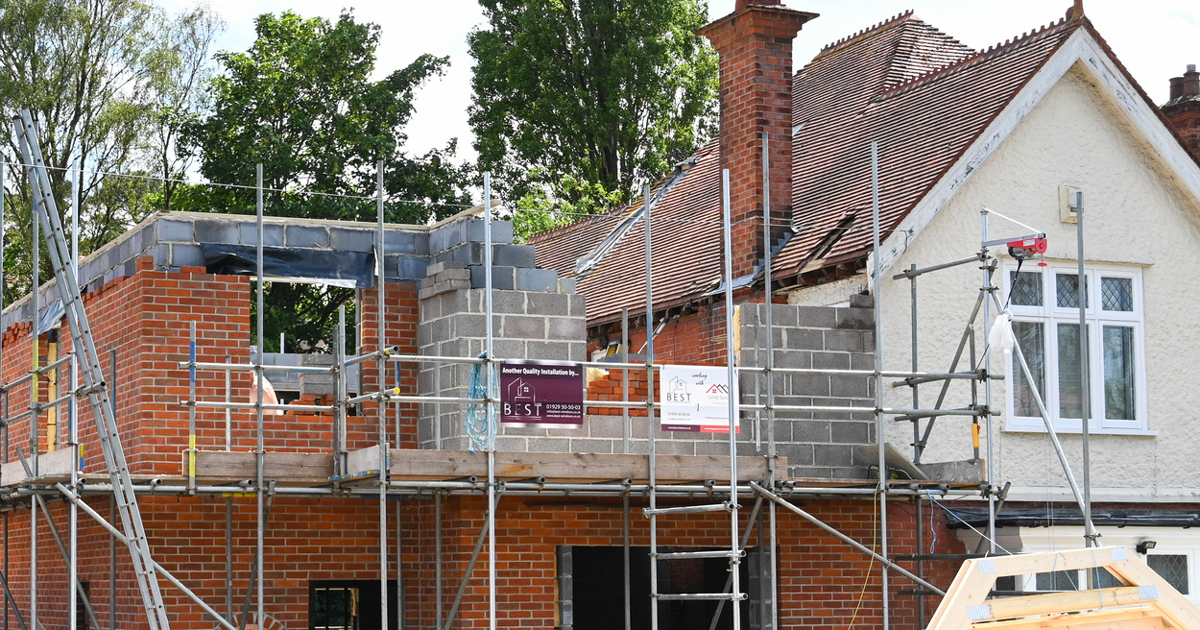Building Product Specifications – your questions answered
21 Aug 2025, Building and housing, News, Regulation

On 13 August, the Ministry of Business, Innovation and Employment (MBIE) held a webinar on the new Building Product Specifications (BPS) document for overseas building products. The following article contains a transcript of the written questions submitted to MBIE during the webinar, along with its answers
Q: Given that many more standards are now cited, councils and designers presumably require access to many of these standards to carry out design and assessment. This represents a colossal cost for licences. Where and when will MBIE provide a centralised resource with access to these compliance documents?
A: The product standards are all cited in the BPS. Appendix A of the BPS tells you where you can access these standards. MBIE already sponsors access to a number of key NZS standards but cannot provide free access to overseas standards due to copyright issues.
Q: Why was ‘solution’ information for plasterboard bracing included in the BPS instead of B1/AS1? Doesn’t this mean you can comply directly with the BPS?
A: If you’re using plasterboard as part of a bracing element within B1/AS1, you need to use it in accordance with the specification information in the BPS, as well as other requirements for building work in B1/AS1.
Q: The BPS often refers to the British adoption of the European standards. The only difference between, for example, BS EN and DIN EN is in the national annex, while the core document remains identical and lawfully valid in the UK. Would a product tested to DIN EN 12467 be accepted if the standard mentioned in the BPS is BS EN 12467? Why did MBIE not list only the core documents, such as EN 12467, but rather also the national annex?
A: Only the version of the standard cited in the BPS can be used within the Building Code compliance pathways. We will consider whether different versions of European standards could be cited in future editions of the BPS.
Q: With the additional standards and other citations to acceptable solutions, is MBIE looking to create a portal where these standards can be viewed or accessed?
A: The product standards are all cited in the BPS. Appendix A of the BPS tells you where you can access these standards.
Q: When will the next editions be published? Is there any expectation to allow international standards (such as ASTM and EN) for fire stop applications?
A: Thank you for your suggestion for standards to incorporate in future editions of the BPS. We are currently developing the next edition and will consider these suggestions.
Q: G4/AS1 Fifth Edition came out at the same time as the BPS and H1/VM3. However, G4/AS1 does not reference AS1668:2012, while the 2012 version is listed in H1/VM3, which allows for alternative solutions to the 2002 version quoted in G4/AS1. Is it possible for G4/AS1 to be updated to reference current design practice?
A: Thank you for your feedback. The BPS section can only be used within the scope of an Acceptable Solution or Verification Method when referenced by that specific Acceptable Solution or Verification Method. We will consider whether further changes are required to G4/AS1.
Q: How does the BPS interact with the Building (Overseas Building Products, Standards, and Certification Schemes) Amendment Bill? How does BCA limitation of liability outlined in Section 15 of the Overseas Building Product legislation affect designers who specify, and the building owner? Simply, who is liable for a product failure under this legislation if the BCA/Council is not liable?
A: The Building (Overseas Building Products, Standards, and Certification Schemes) Amendment Act enables MBIE to issue the BPS under section 25B. Liability settings have not changed with the introduction of the BPS.
Q: If a product has been tested overseas as part of an assembly (for example, a fire-resistance test), how can individual components of that assembly be verified for use in New Zealand?
A: The BPS is intended to give more options for building products, not assemblies or building work.
At the conclusion of the webinar, MBIE said feedback from the webinar will be considered as part of future BPS updates, and industry suggestions for new standards or adjustments to existing references are welcomed.
Register to earn LBP Points Sign in



